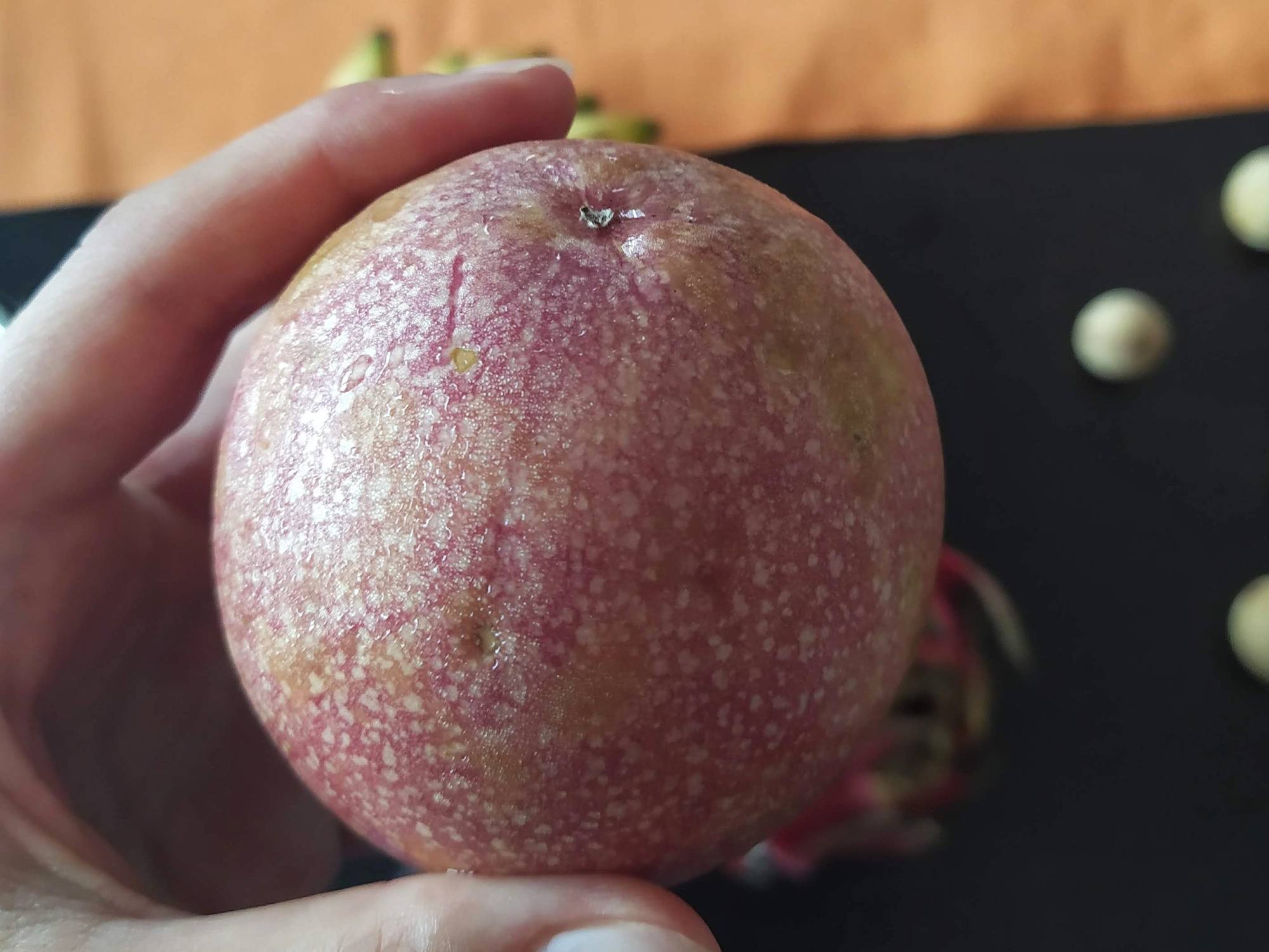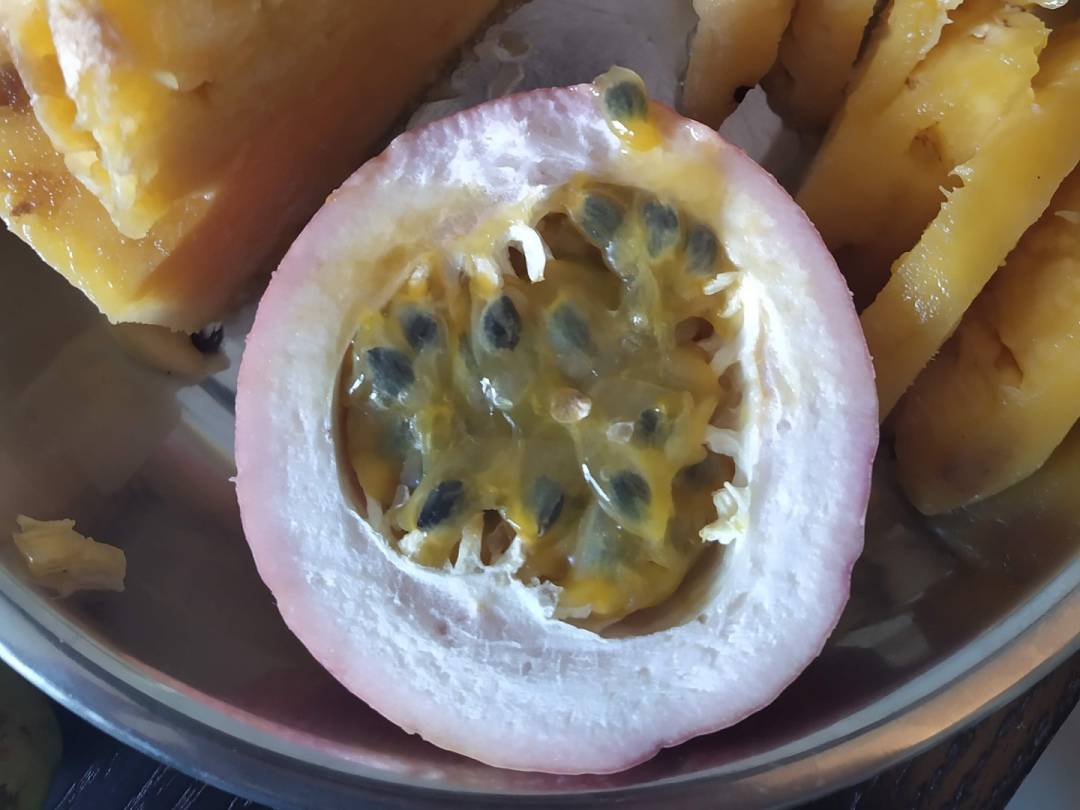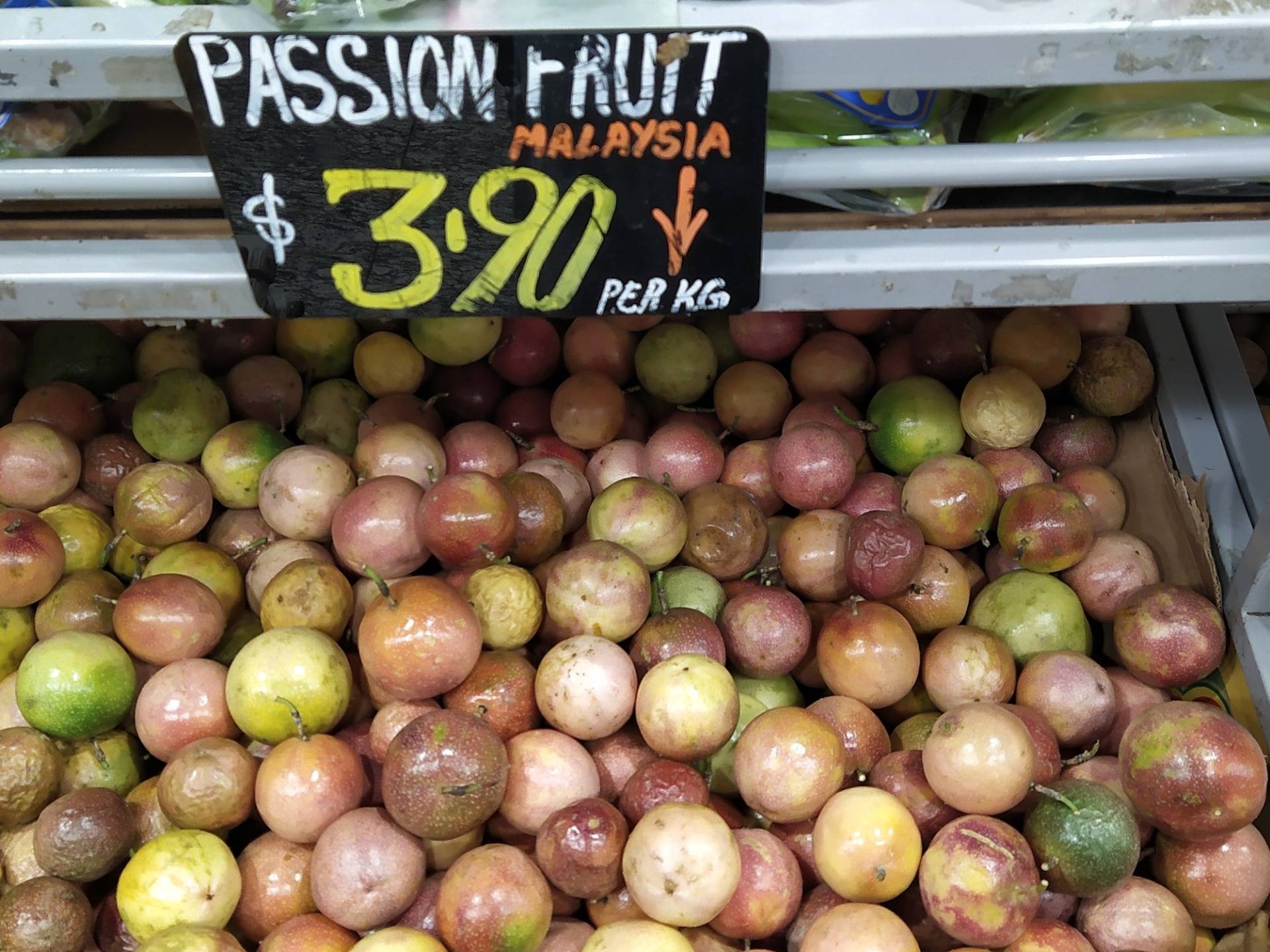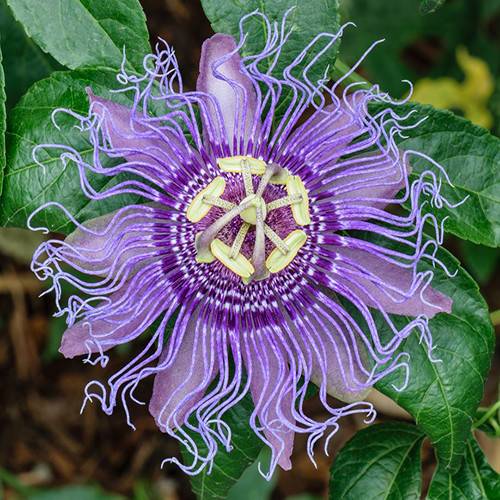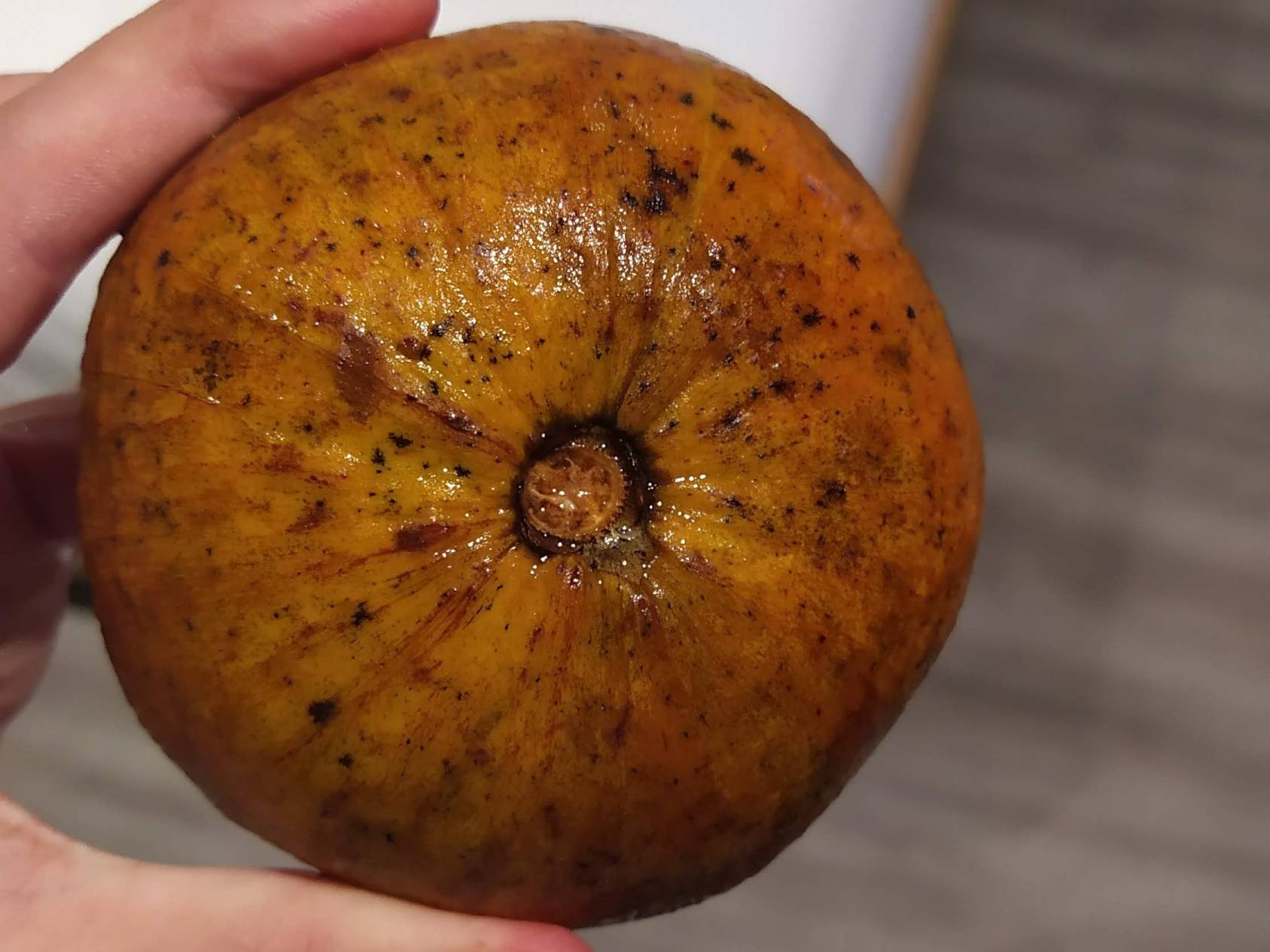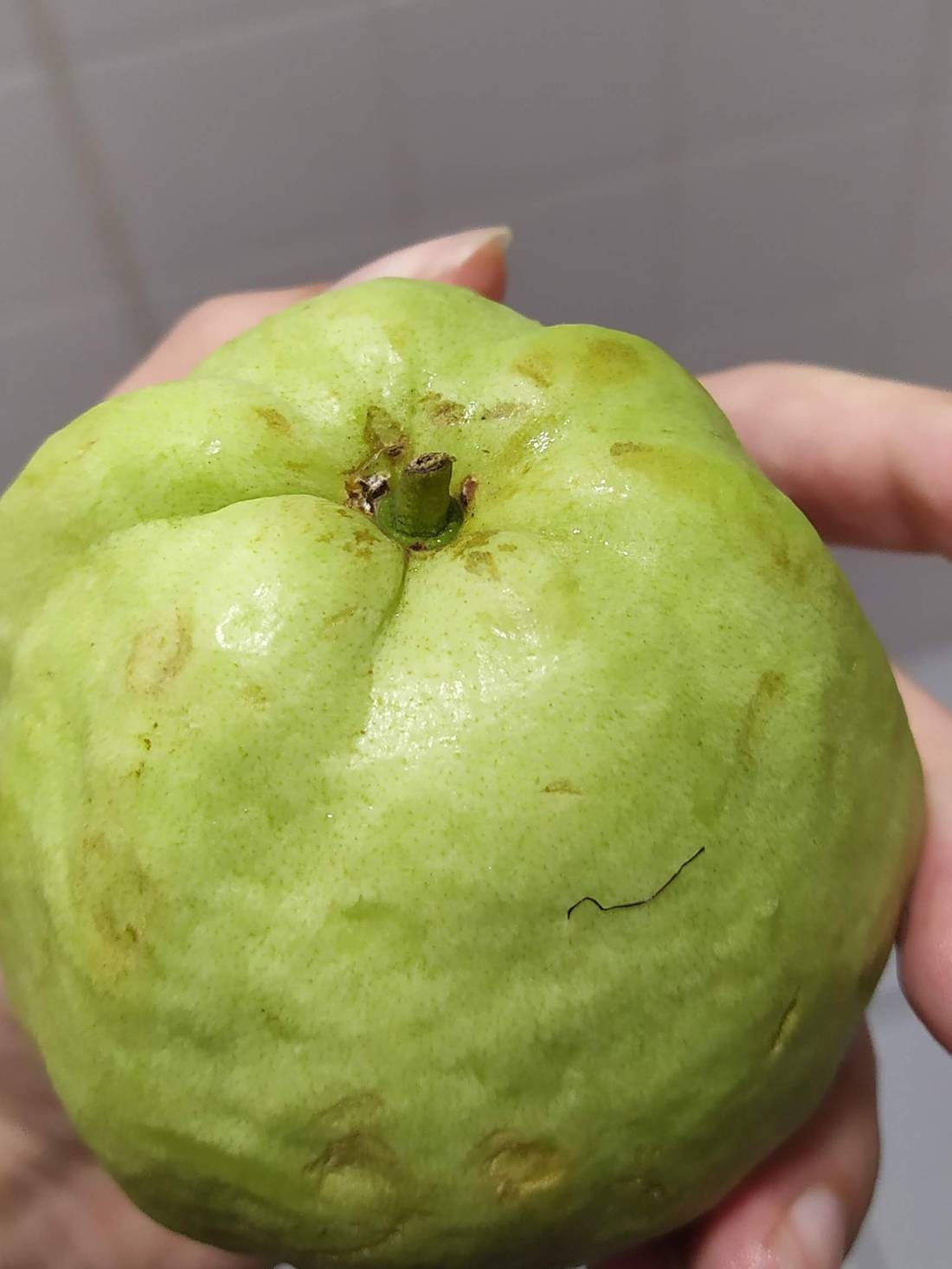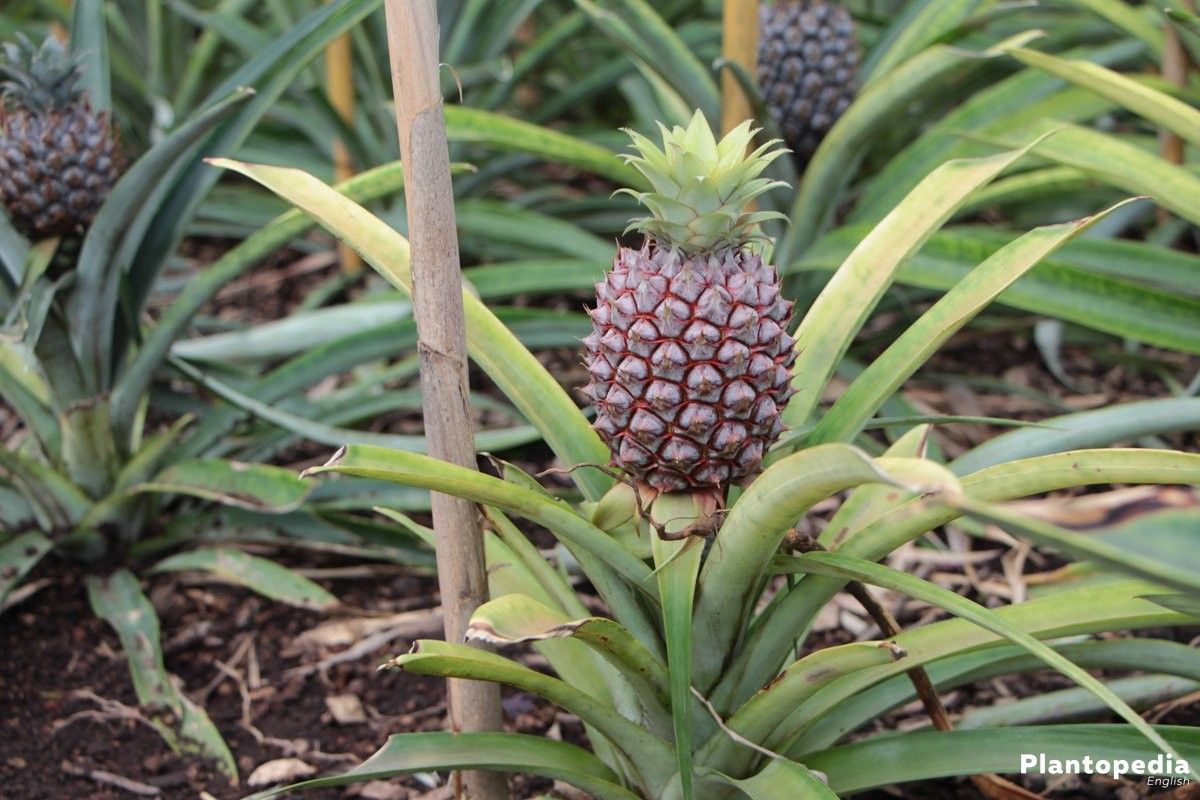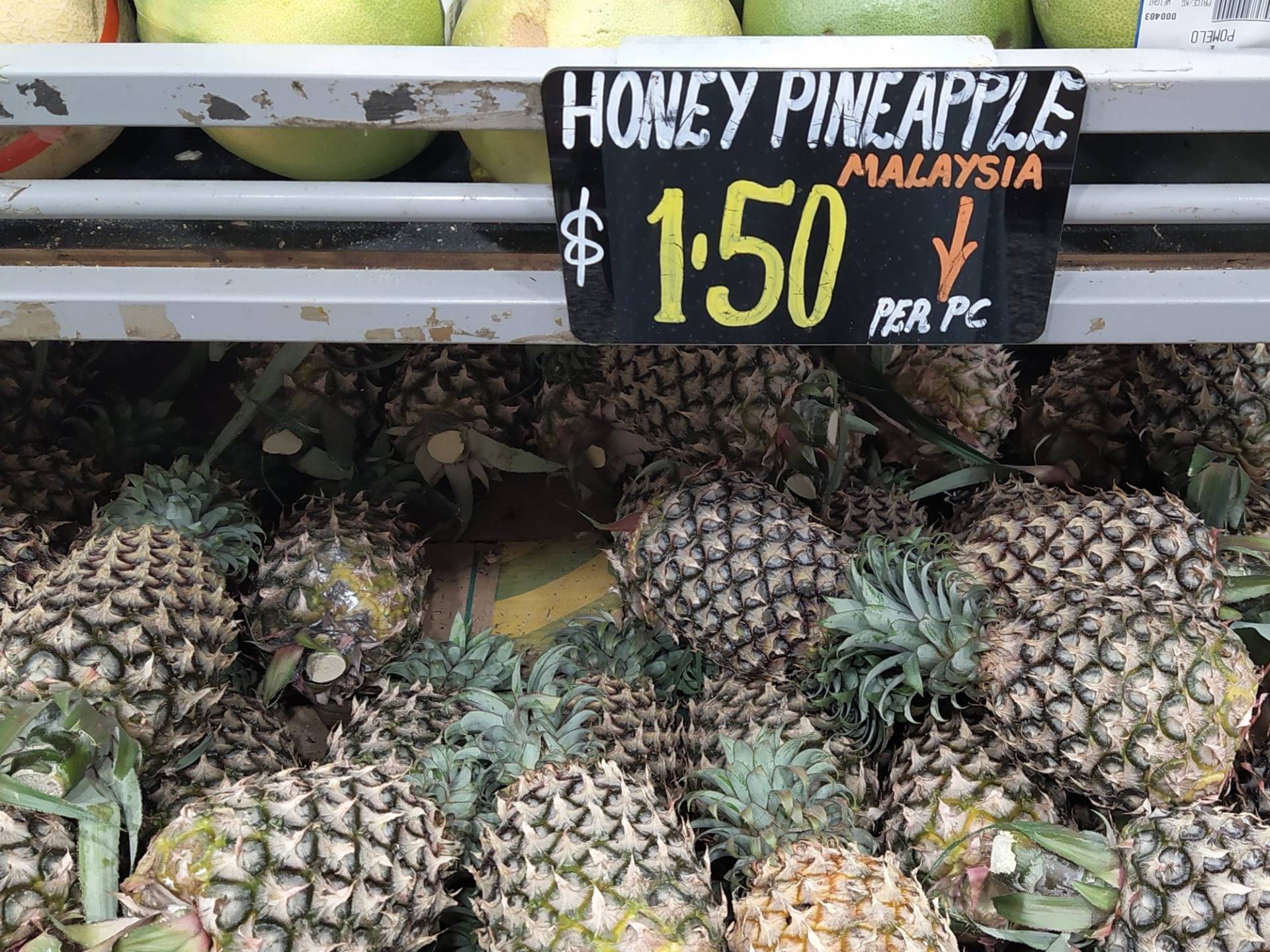1. Passionfruit (Passiflora edulis)
Fibres, fibres, fibres and vitamin C! That is what passion fruit is all about. In 100 grams of this fruit there are 10 grams of fibre which makes up almost one half (42%) of recommended daily dose. This sweet, seedy fruit is eaten raw or juiced. Good idea is to put those seeds into a fruit salad, it will connect all the other fruits and make them even sweeter and slightly acidic.
Passionfruit is native to southern Brazil through Paraguay to northern Argentina, but it is commonly cultivated in tropical and subtropical areas around the world.
There is one more species from Passiflora genus, called Passiflora incarnata. Although not so popular as a fruit, this species was used as an herbal medicine in belief it may treat anxiety, insomnia and hypertension. Today it has no evidence that Passiflora incarnata has anti-disease properties, but it's safe and possibly can be used to relieve mild symptoms of mental stress.
2. Sweet lime
This is a name of many citrus hybrids that contain low acid pulp and juice. In South India it is called mosambi. Due to overabundant seeds and thick rind, it is common to make a sweet lime juice. It is very rich in vitamin C and is perfect to drink during the hot, summer months.
3. Cottonfruit (Sandoricum koetjape)
Also called santol, it is a tropical fruit grown in Southeast Asia, native to Malaysian region. We bought it in Philippines from the nice lady deftly carrying many sweet limes and cottonfruits on her head walking around the beach. It is n It has a mild peachy, gently sweet taste and soft texture. It has lots of calcium (40% of daily dose).
4. Guava (Psidium guajava)
We have a vitamin C winner! In 100 grams of guava fruit, there is 300% of recommended daily value. Although native to Mexico, Central America, the Caribbean and northern South America, it is commonly cultivated in tropical and subtropical regions of the world. What I didn't like here, are overly abundant and hard seeds which is one of reasons this fruit is often juiced. The smell of guava is perfect, fruity and special, and guava juice is perfect, but the taste of fruit eaten raw is disappointing for me.
5. Pineapple (Ananas comosus)
This ones are classic. I find it really cool how they grow:
Costa Rica, Brazil, and the Philippines accounted for almost one-third of the world's production of pineapples. They are rich in manganese and vitamin C. The original name of the fruit comes from word nanas from Tupi language (spoken in areas of South America) and it means excellent fruit. I think we all agree why :)
For part 1 click here!
